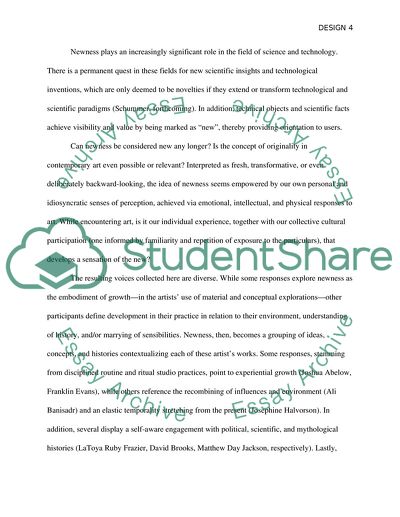Cite this document
(The Idea of Newness Case Study Example | Topics and Well Written Essays - 2250 words, n.d.)
The Idea of Newness Case Study Example | Topics and Well Written Essays - 2250 words. Retrieved from https://studentshare.org/technology/1655515-proudct-design
The Idea of Newness Case Study Example | Topics and Well Written Essays - 2250 words. Retrieved from https://studentshare.org/technology/1655515-proudct-design
(The Idea of Newness Case Study Example | Topics and Well Written Essays - 2250 Words)
The Idea of Newness Case Study Example | Topics and Well Written Essays - 2250 Words. https://studentshare.org/technology/1655515-proudct-design.
The Idea of Newness Case Study Example | Topics and Well Written Essays - 2250 Words. https://studentshare.org/technology/1655515-proudct-design.
“The Idea of Newness Case Study Example | Topics and Well Written Essays - 2250 Words”. https://studentshare.org/technology/1655515-proudct-design.


